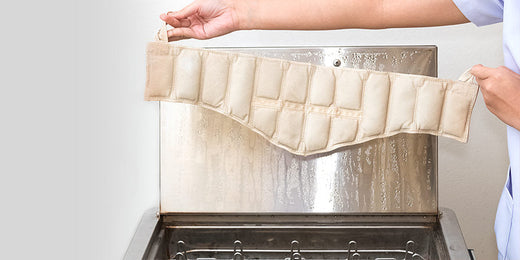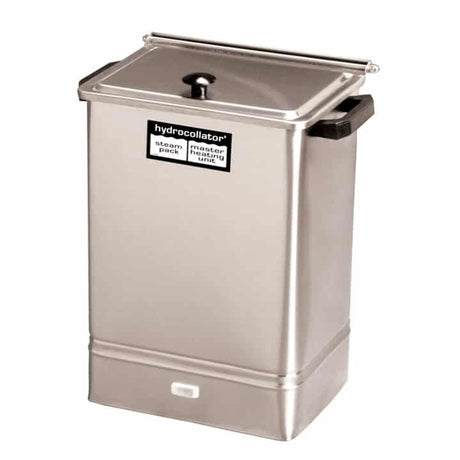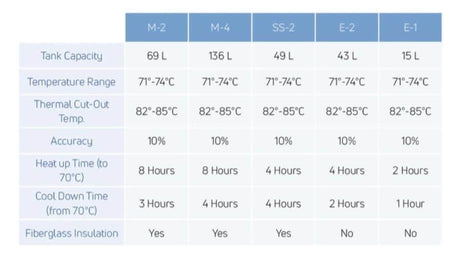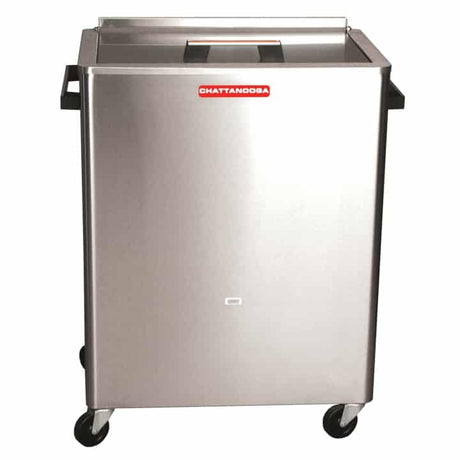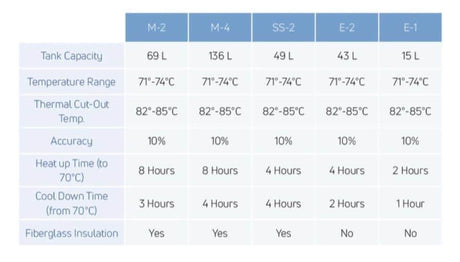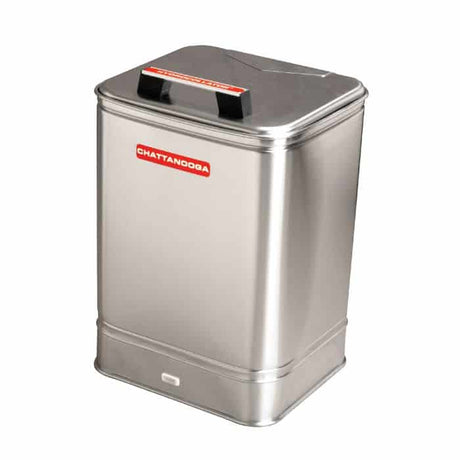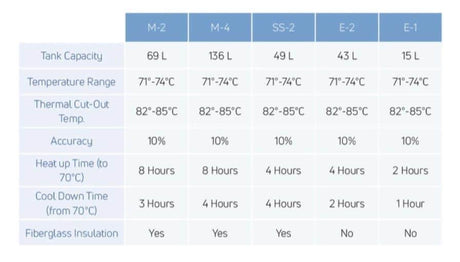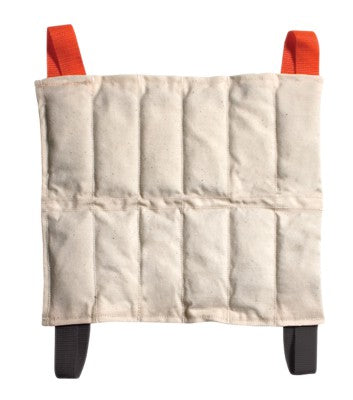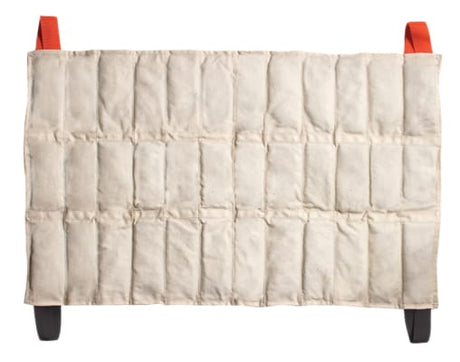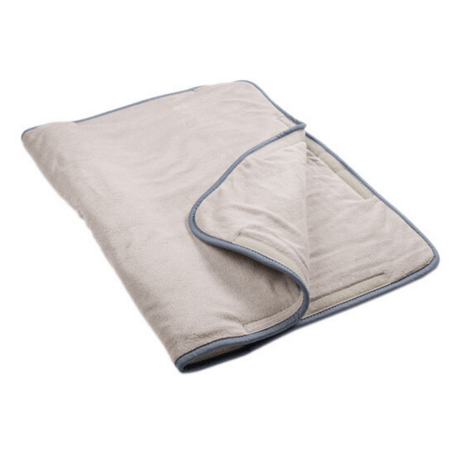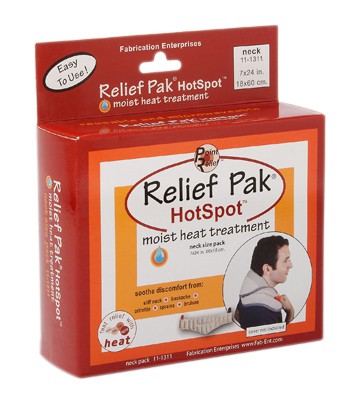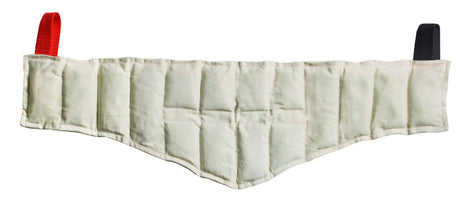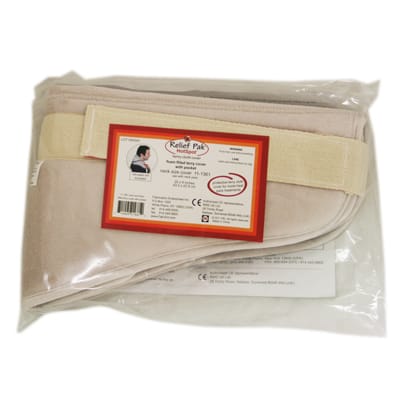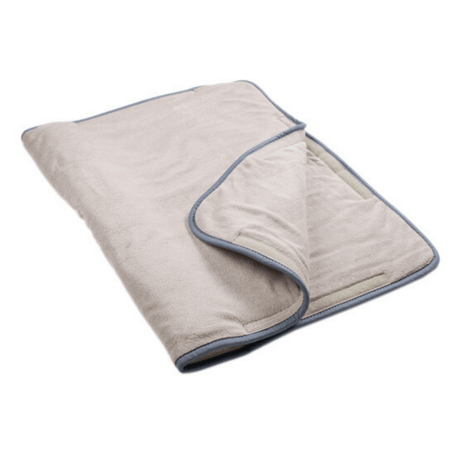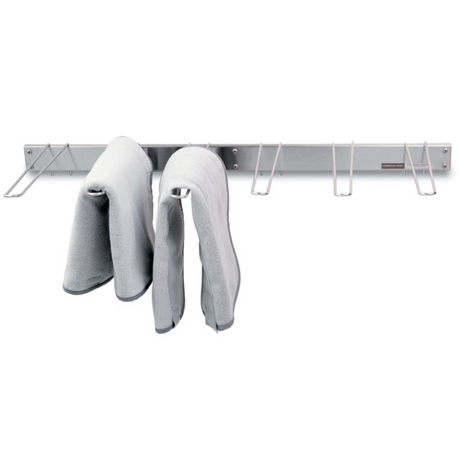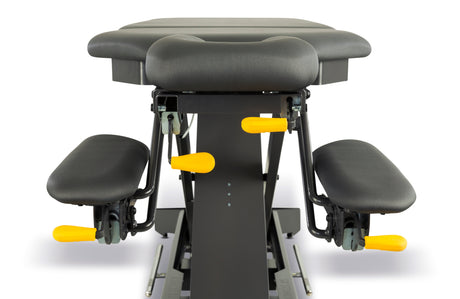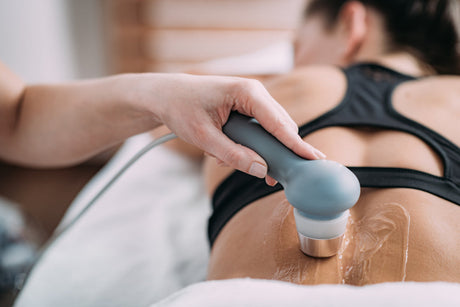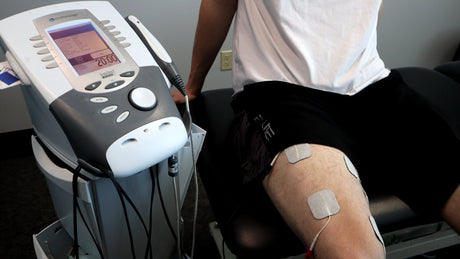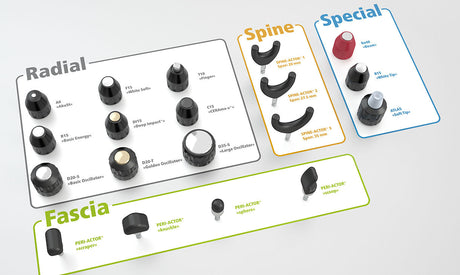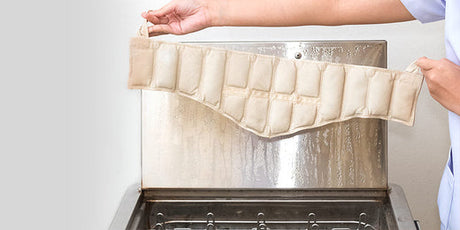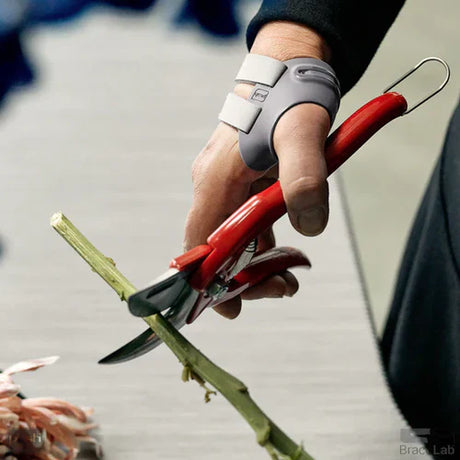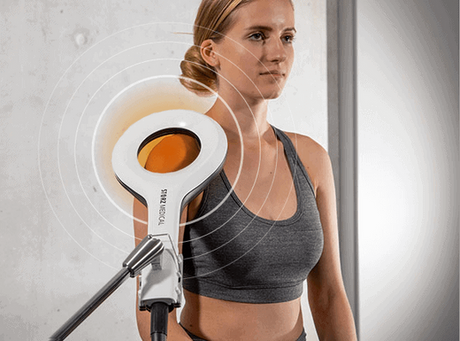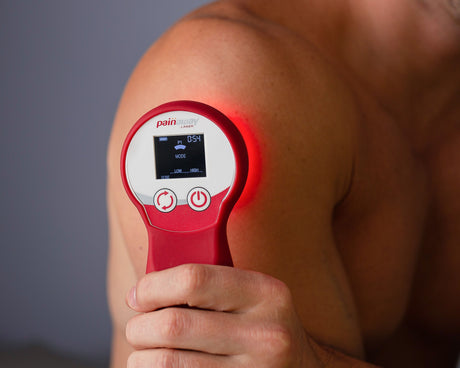Since their invention in 1947 by the Chattanooga Pharmaceutical Company, hydrocollators have become indispensable tools in clinics and athletic training rooms worldwide. Originally designed as a system combining "colloid-filled jean-cloth bags" with a thermostatically controlled heater, hydrocollators revolutionized moist heat therapy by offering a consistent and accessible solution for therapeutic treatments. Also referred to as thermolators, these devices are produced by several brands, including Chattanooga, Whitehall, and Mettler, all of which serve the same purpose: to provide moist heat therapy that alleviates muscle tension, improves circulation, and reduces pain.
Today, hydrocollators are as essential in clinics as a fax machine once was in business offices, offering reliable and effective heat therapy for a wide range of patients. However, like any piece of equipment, hydrocollators require proper care and maintenance to perform optimally. Neglecting their upkeep can lead to issues such as foul odors, murky water, and underperforming heat packs.
In this article, we’ll explore the best practices for maintaining your hydrocollator, discuss common issues, and answer frequently asked questions.
Why Hydrocollator Maintenance Matters in Every Clinic

Hydrocollators are essential tools in delivering consistent and effective moist heat therapy. Proper maintenance ensures they remain hygienic and safe for patient use, preventing issues like bacterial growth, foul odors, or contaminated heat packs. Keeping the water temperature at the recommended 160°F (71°C) not only maintains optimal hygiene but also ensures heat packs deliver the therapeutic benefits patients expect.
Additionally, regular care extends the lifespan of your hydrocollator, reducing costly repairs or replacements. A well-maintained unit reflects your clinic's commitment to professionalism and patient care, creating a positive experience for your patients while keeping your operations running smoothly.
- Hygiene: Proper cleaning prevents bacteria and odor buildup.
- Effectiveness: Consistent temperatures enhance treatment outcomes.
- Longevity: Routine care minimizes the risk of costly repairs or replacements.
Problems Often Associated with Hydrocollators
Like any piece of equipment, hydrocollators require regular maintenance to ensure they perform effectively throughout their lifespan. Although these units typically come with a one-year manufacturer’s warranty, a well-maintained hydrocollator can often last 8-10 years or longer in a clinic setting.
Common Issues and their causes
-
Foul Odors from Heat Packs
- Hydrocollators are designed to maintain a constant temperature between 160°F - 165°F (71°C - 74°C). At this temperature, bacteria and living organisms cannot survive, keeping the unit hygienic.
- If your heat packs smell unpleasant, it’s often because the hydrocollator isn’t reaching or maintaining the correct temperature. When left untreated, bacteria and other organisms can grow, producing odors described by some as resembling "cat urine."
- This will cause you to start replacing your heat packs more frequently but not actually solving the root cause.
- Solution: Ensure the thermostat is functioning correctly and the water temperature is consistently maintained at 160°F. Also once the issue is fixed we suggest replacing your heat packs!
-
Murky or Contaminated Water
- This is often caused by leaking heat packs or insufficient cleaning routines.
- Solution: Regularly inspect heat packs for tears, clean the tank thoroughly, and preform a water change every two weeks.
-
Heating Issues
- If the water isn’t heating properly or the temperature fluctuates, the heating element or thermostat might need to be replaced.
- Solution: Schedule preventative maintenance checks and replace faulty components as needed.
-
Mineral and Scale Buildup
- Using hard water can cause scale deposits, which may reduce heating efficiency and damage the unit over time.
- Solution: Use distilled or deionized water to minimize buildup and descale the tank regularly
Here are some additional causes and their corresponding solutions. If you need a replacement part for your hydrocollator, don’t hesitate to contact our service team at Remington Medical. Simply fill out the service request form on our website and our team will get in touch with you as soon as possible! We’re here to help diagnose and repair your unit to get it back in perfect working order!
Daily and Bi-Weekly Maintenance Routine of your Hydrocollator
Daily Care
- Check the Water Level: Ensure the water covers the heating element to prevent damage and maintain consistent heating. Also check if there is any leaking in the device if you see that your water level is dropping.
- Inspect Heat Packs: Dispose of any packs with tears or leaks immediately to prevent contamination. Remington Medical offers a selection of high quality moist heat packs!
- Keep your moist heat pack covers dry: Get in the habit of drying your covers or towels after every use. Always Wash and replace toweling frequently to avoid bacteria buildup.
- Wipe the Tank Exterior: Use disinfectant wipes to keep the unit clean and professional-looking.
Bi-Weekly Cleaning
- Change the water every two weeks to prevent bacteria growth and reduce mineral deposits.
- Use a non-abrasive cleaner to wipe the tank and maintain its integrity.
Here is a great video of a clinic cleaning their Chattanooga Hydrocollators:
Hot Pack Handling: Best Practices
Proper care of heat packs ensures their longevity and effectiveness in therapy.
- Avoid Drying Out: Heat packs left outside the tank for extended periods can dry out. The clay hardens and cannot be rehydrated, making the pack unusable. To store packs long-term, seal them in plastic bags and place them in a freezer. This method preserves their integrity, allowing them to rehydrate properly when thawed.
- Not retaining heat : If your hot packs are no longer holding heat effectively, it may be a sign of wear or improper care. Over time, the filler material inside the packs can break down or become compromised, especially if the packs have dried out or been used beyond their recommended lifespan. To ensure optimal performance, replace any heat packs that are not staying warm as expected. Keeping fresh, high-quality heat packs on hand is essential to provide effective therapy for your patients.
- Always Replace When Necessary: You NEVER want to leave it too long. Hot packs are inexpensive and readily available. Manufacturers typically recommend replacing heat packs annually, but a high-quality heat pack may last longer with proper care. However, we strongly recommend keeping fresh heat packs on hand to ensure you're prepared in case of an emergency. At Remington Medical, we offer a wide variety of sizes to meet your clinic's needs—order yours today!
Common Hydrocollator Questions and Solutions
Why does my hydrocollator smell bad?
If the unit smells bad, it may not be reaching the proper temperature of 160°F. This allows bacteria and organisms to grow. Verify the thermostat is working and clean the tank regularly.
What causes cloudy water in my hydrocollator?
Cloudy water is often due to leaking heat packs or insufficient cleaning. Check the packs for tears and clean the unit thoroughly.
What should I do if my hydrocollator stops heating?
If the unit isn’t heating, the thermostat or heating element may need servicing. Contact a professional for repairs or replacements.
How long do heat packs last?
Heat packs typically last about a year but may last longer with proper care. Replace any damaged or underperforming packs immediately.
Hydrocollators are vital tools for delivering effective moist heat therapy, but their performance hinges on proper care and maintenance. By following regular cleaning schedules, addressing common issues promptly, and handling heat packs correctly, you can ensure your hydrocollator continues to serve your clinic for years to come.
Have questions or need assistance with your hydrocollator? Contact us today for expert advice, supplies, and service options. We’re here to support your clinic’s success!
Additional Resources:
Hydrocollator Cleaning Instructions
Hydrocollator Heating Element Installation Guide
Hydrocollator Thermostat Installation

